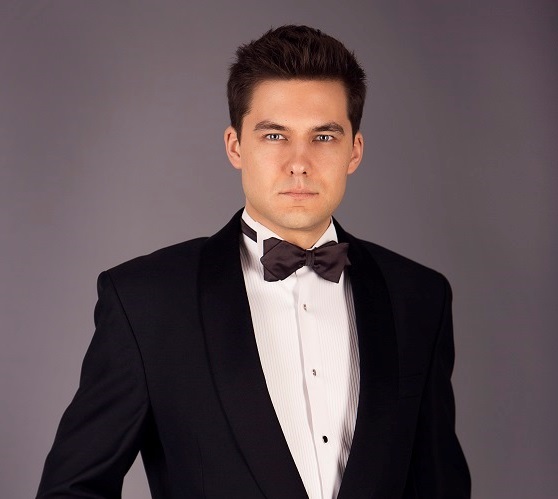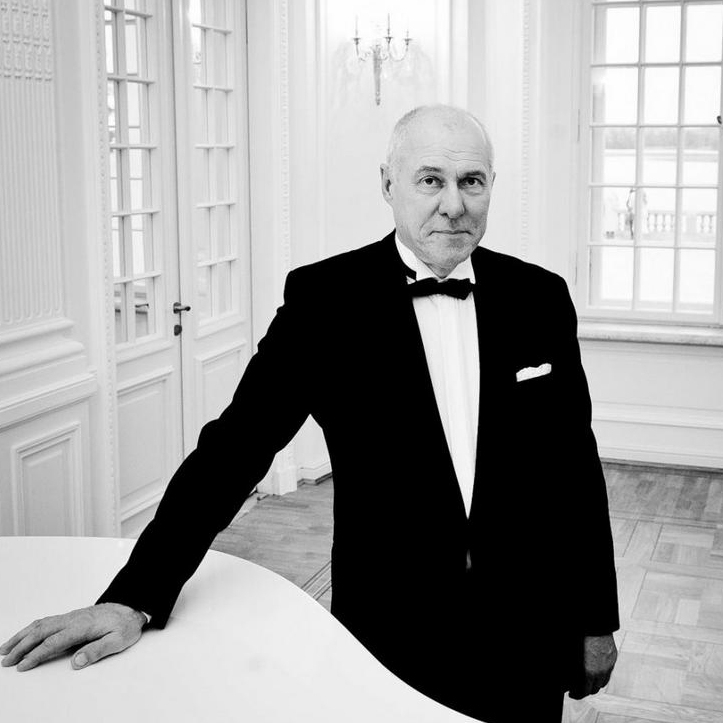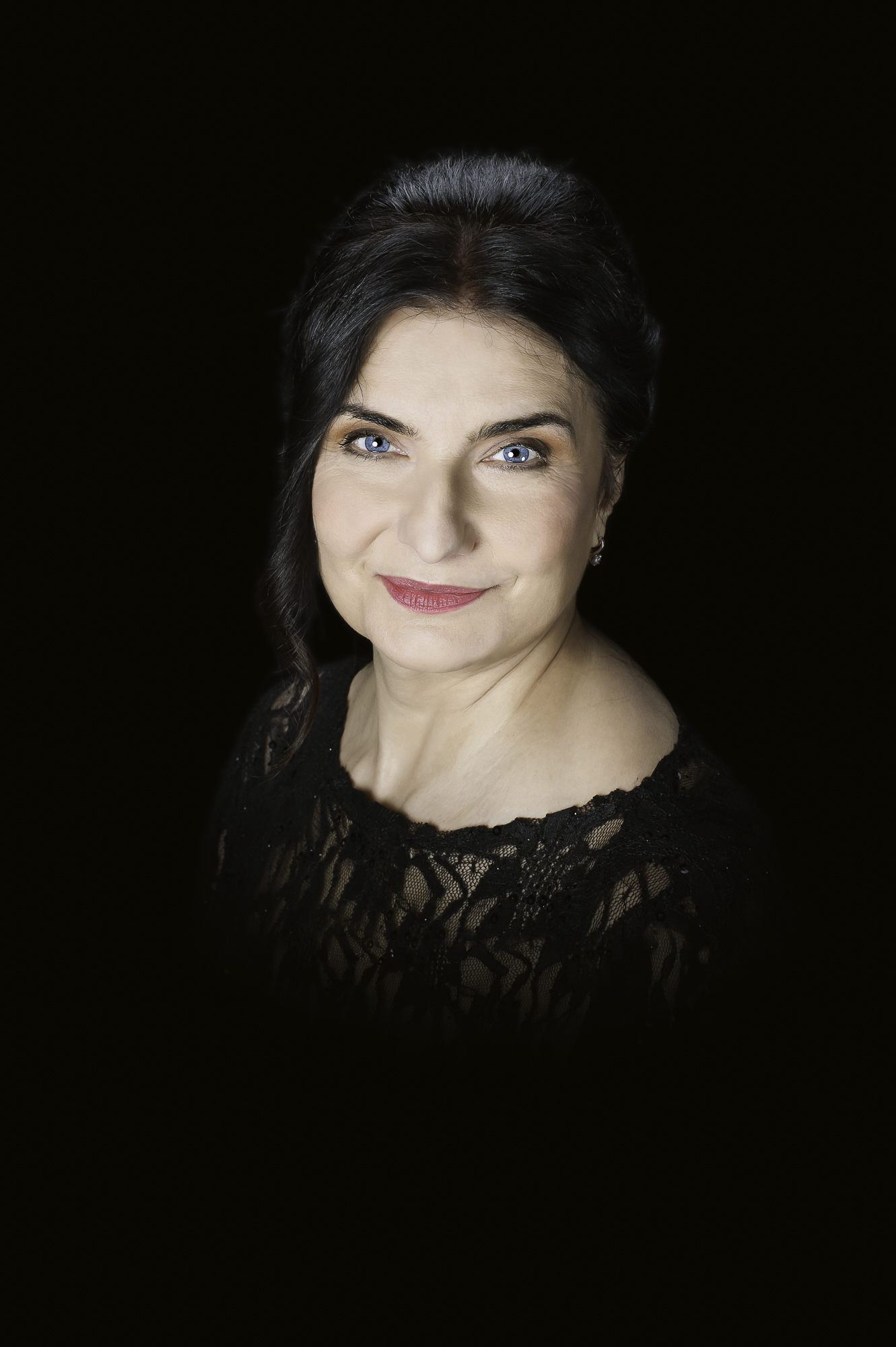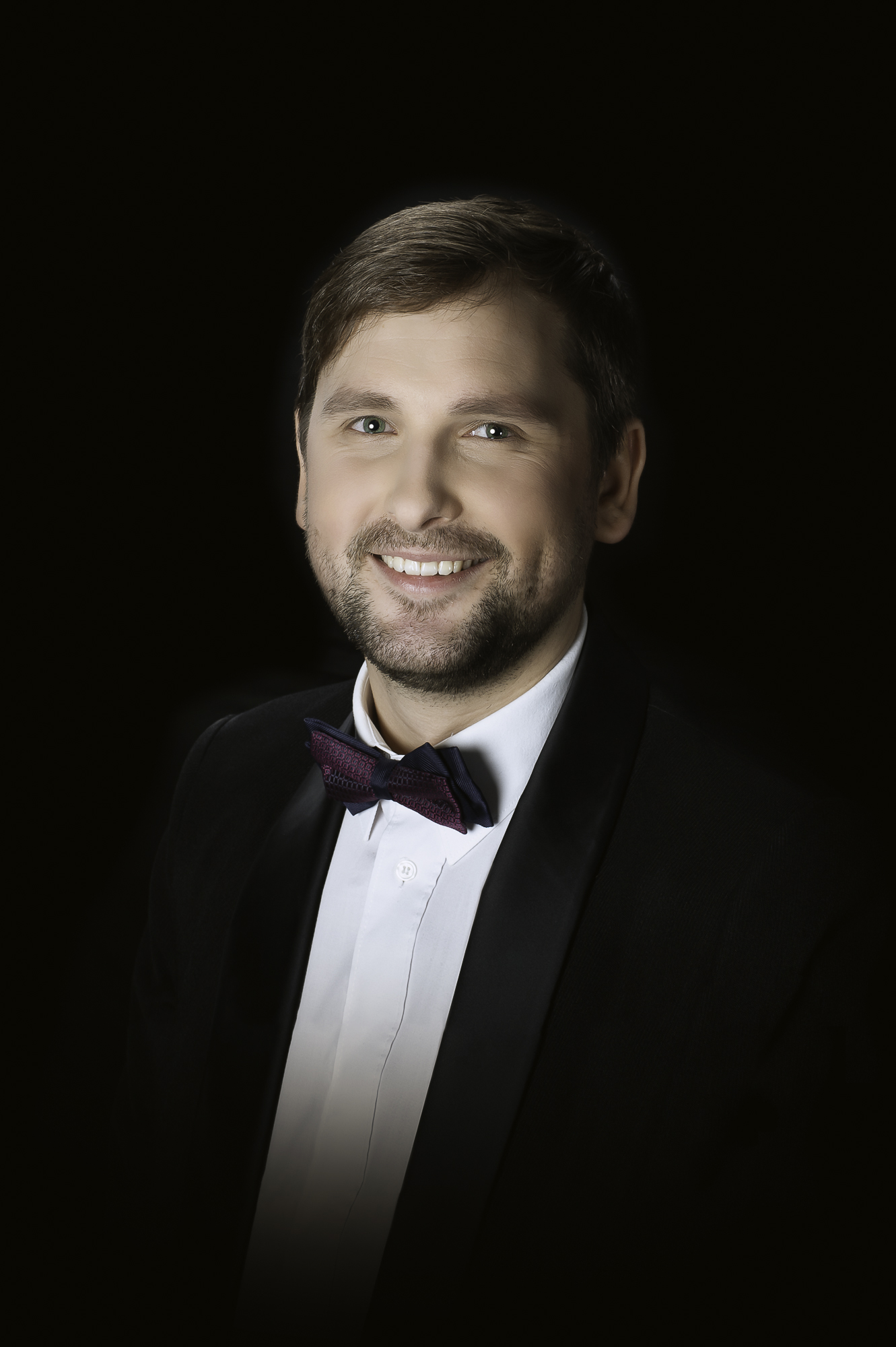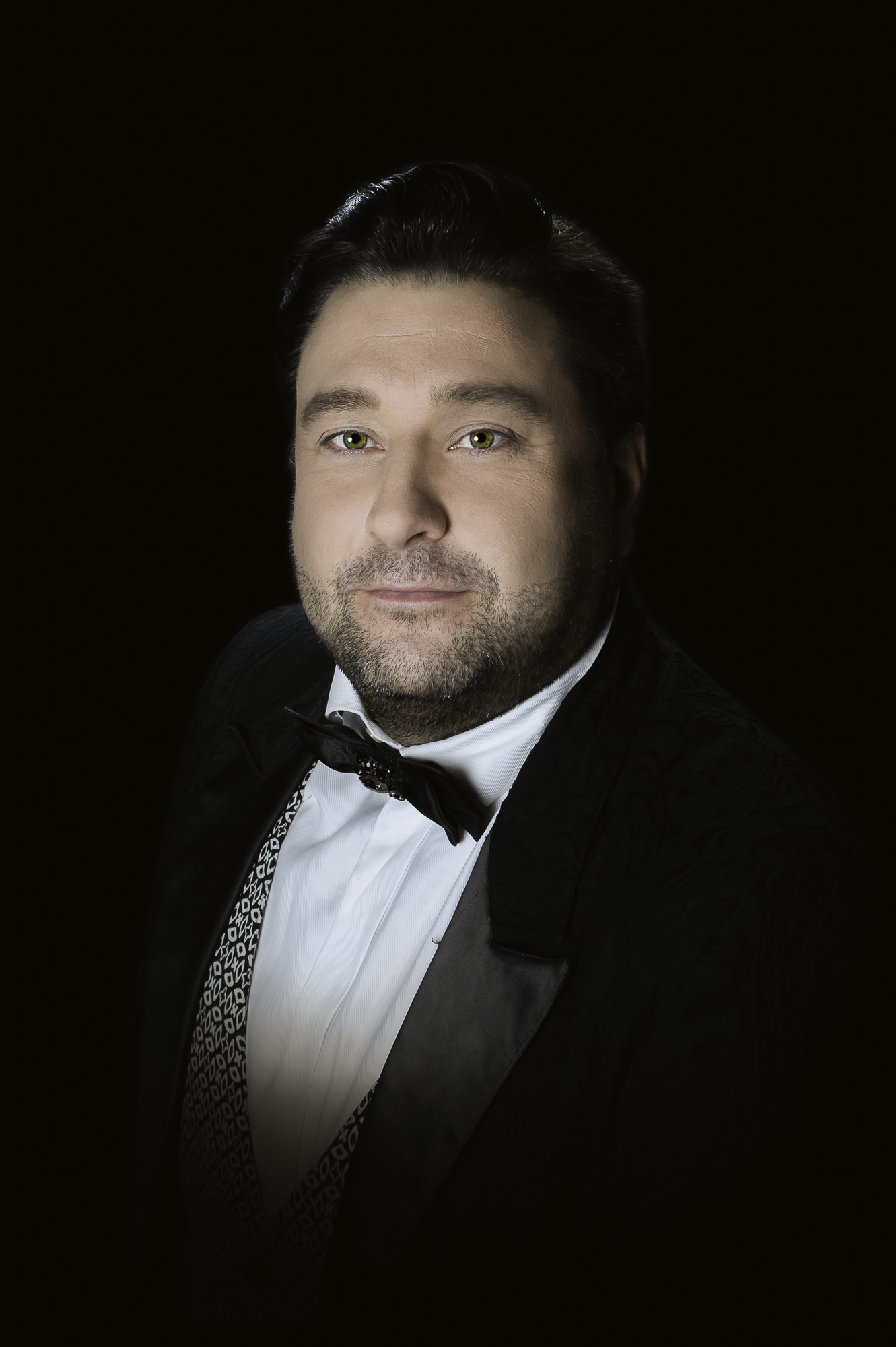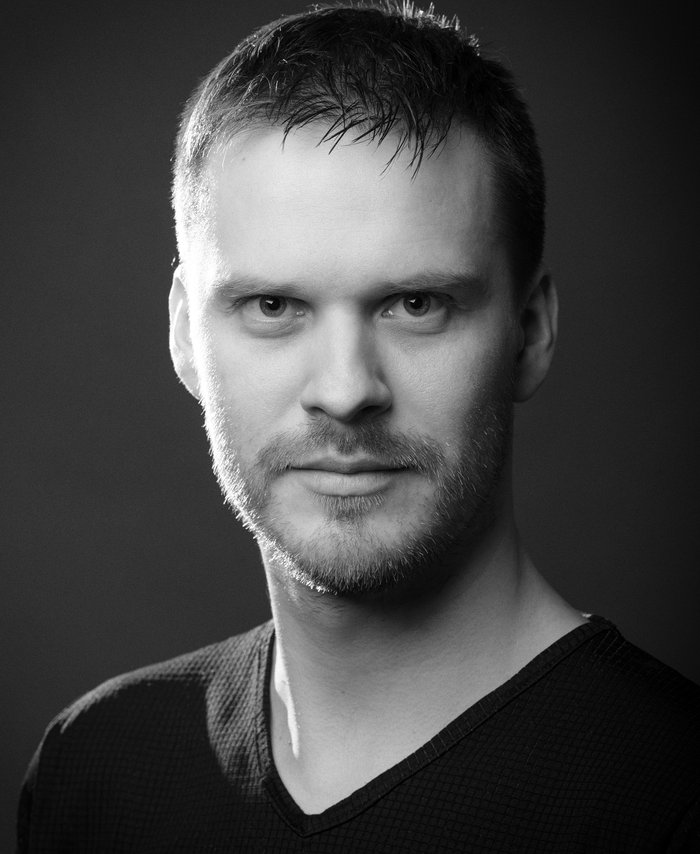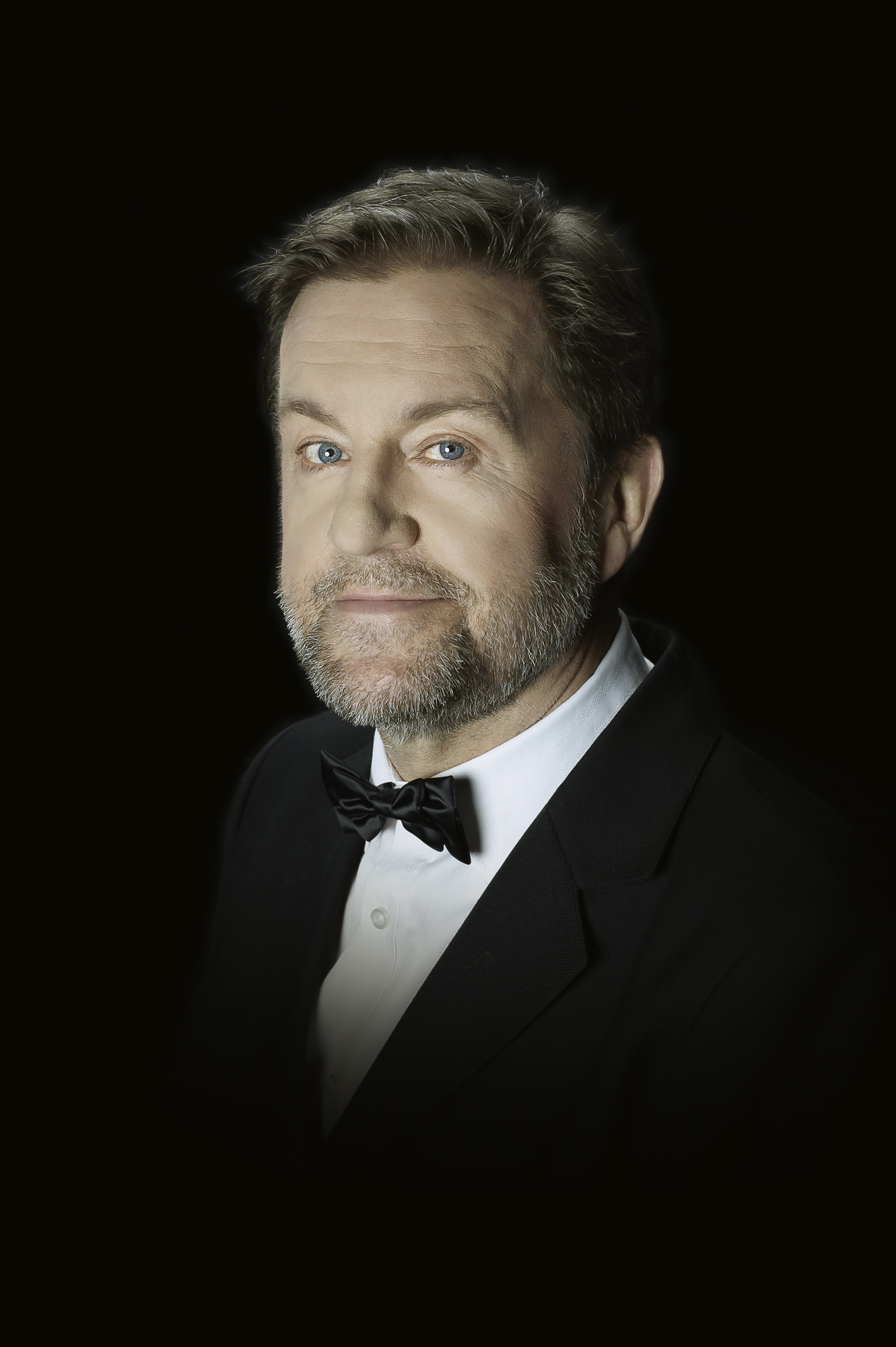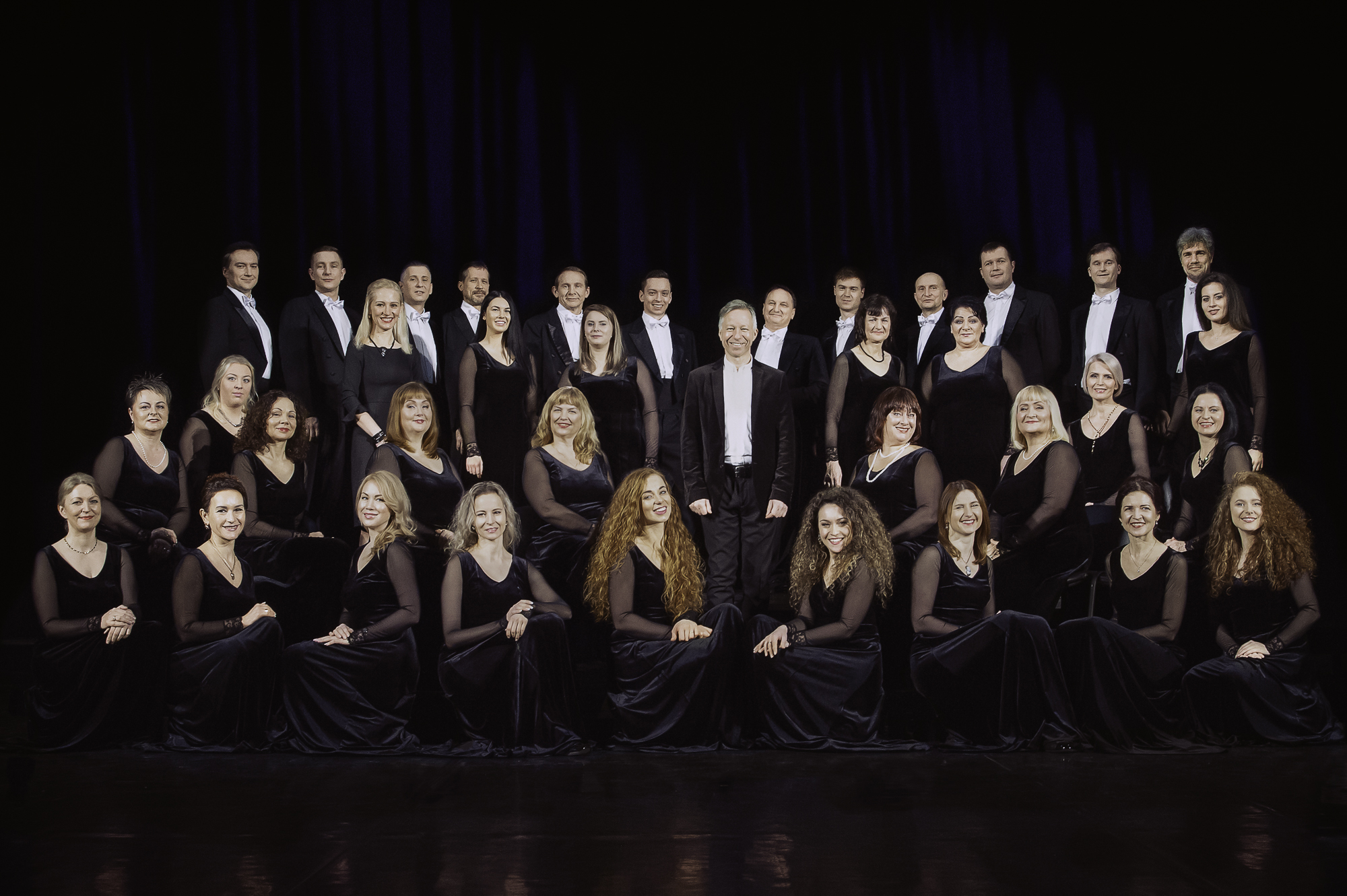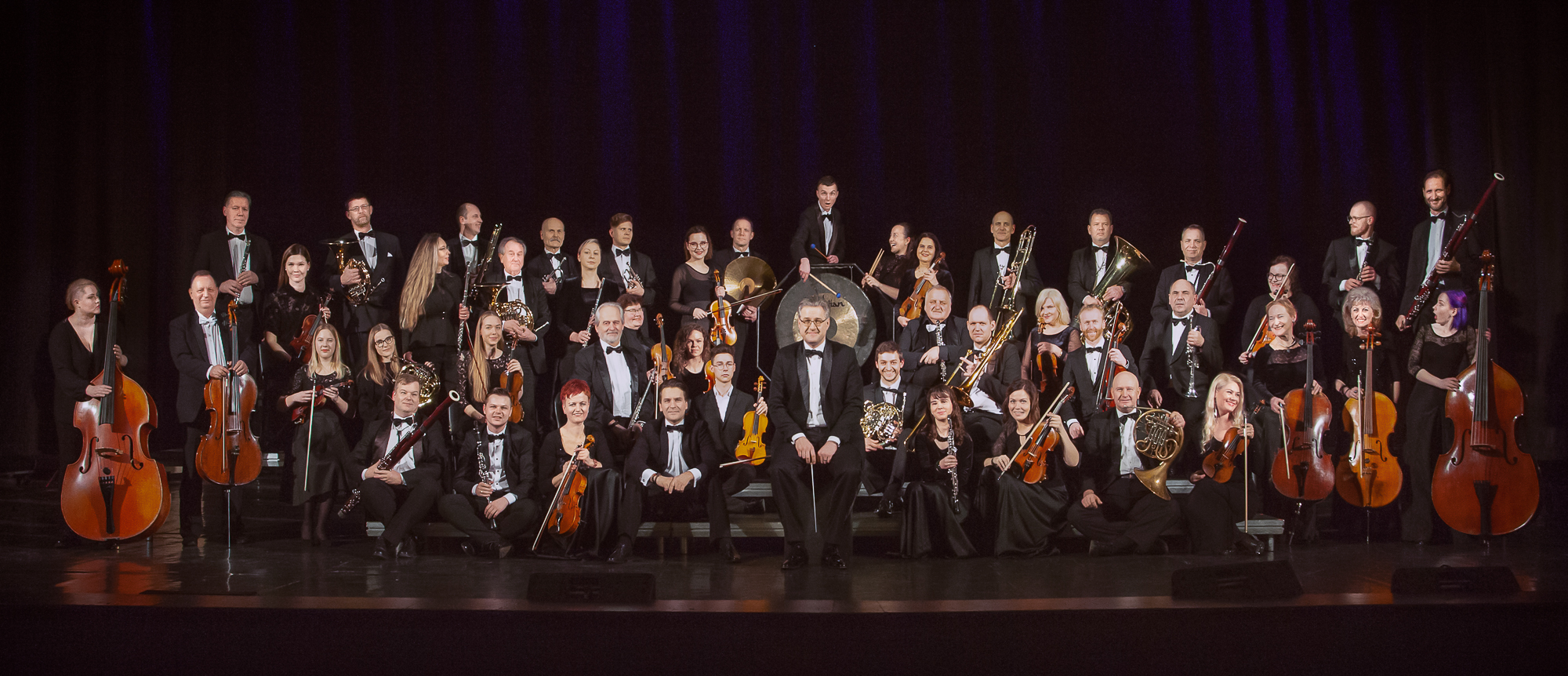“Opera offers possibilities that drama simply doesn’t have. Whereas I demand of myself that opera is turned into a real dramatic performance,” says Gintaras Varnas, who has directed about fifty drama plays and operas at major theatres in Lithuania, Latvia and Slovakia, which have garnered him more than ten highest national theatre awards and the Lithuanian National Prize for Culture and Arts.
In October 2022, he presented the lovingly and carefully staged opera The Bear by the recently deceased Lithuanian composer, Bronius Kutavičius (1932-2021), at the Klaipėda State Music Theatre. This was the second production of this opera in Lithuania and the director’s first opera production in Klaipėda, dedicated to the 90th anniversary of the composer’s birth.
– What is special about your interpretation of Kutavičius’s opera?
– In my view, the first production of The Bear in 2000 at the Lithuanian National Opera and Ballet Theatre, directed by Jonas Jurašas, showed stronger emphasis on Lithuanian customs and ethnographic setting. For instance, the part of the One-eyed Old Woman was then played by the iconic folk singer, Veronika Povilionienė. Even though the music of the opera echoes with authentic Lithuanian folk tunes and the sutartinės (ancient polyphonic chants), it seems to me that the ethnic motifs of its staging (such as costumes, games, and spells) or the image of Lithuania as a backward, barbaric ‘land of murderers,’ which has been prevalent in Western European literature at the turn of the nineteenth and twentieth centuries, are now becoming less interesting or relevant.
I’ve been thinking for a long time and trying to understand where the terrible legends about Lithuania come from–from Prosper Mérimée and other authors to Albert Camus. What is Lithuania in their eyes? A small country on the verge of Western civilization, some place between Europe and Russia, and what’s more, part of the vast Russian Empire at that time. From there, for centuries, Russian bear from the impenetrable forests kept creeping back to Europe. Much to my regret, these days the implicit protagonist of this opera–a bear raping Lithuanian countesses or Ukrainian girls–can be understood in this way too...
Be that as it may, it is much more interesting today to look at this opera as a dark tale–essentially, a gothic fiction. The first production of the opera was set in the second half of the nineteenth century, as it was written by Mérimée, while the story in the Klaipėda production is set in the 1920s. It was at the beginning of the twentieth century that a new art form–cinema–emerged, along with many new artistic trends and currents sprawling in hitherto unexplored directions, which came to be known under the moniker of modernism. This period of turbulent change and broad transformations is of great and inexhaustible interest to me.
The silent films of the 1920s display a variety of topics. I’m not talking about American comedy, but rather about German Expressionism in cinema. The story told in the opera can be easily classified into a vampire theme characteristic of horror movies of the silent era. It centres on the dark side of human nature, the duality of human-beast, and on the issue of how much bestiality there is in the human soul, to what extent one can defy bestiality and retain humanity.
Collision between human bestiality / feral nature (symbolized by a bear in the opera’s title and an epigraph Meška su lokiu abu labu tokiu – “Grizzly and bear make quite a pair”) and human society / civilization is the key theme in this opera, which underpins both conceptual and visual design of this production.
– As a director you mainly work in the drama theatre, but have also directed some highly acclaimed opera productions. Which one is closer to you personally–drama or musical theatre?
– I’ve taken to staging operas like a duck to water and feel in my own element here like a cod in the Baltic Sea (laughs). Ideally, I like it when there’s a balance in my work: after a few drama performances, I do an opera, then a drama again, and so on. I love opera very much, unlike directors who take on opera productions, cynically remarking that they are doing this solely for the money, when in fact they hate the genre. I’ve loved opera since I was a teenager, when I started attending opera performances at Vilnius opera house at the age of thirteen or fourteen.
Over the years, the traditions of staging operas have changed dramatically. I take the genre as a very serious thing, be it a serious or a comic opera, and I think any director is not suitable for opera. I’m not talking here about the operas staged for the entertainment’s sake. Serious opera needs to be staged as a drama; it has to have a general idea, a conceptual framework or a consistent style hinging all its components. It is necessary to understand that opera is a form of musical theatre. As a genre, it has its advantages and disadvantages. For example, the libretto simplifies the plot, because you cannot sing as much of the text as you can say in a drama (compare, for example, Shakespeare's Macbeth and Verdi's Macbeth). But here you have a huge orchestra, a chorus, or even ballet scenes. And that means greater and different possibilities of expression. Opera offers possibilities that drama simply does not have.
I demand of myself that opera should be almost a dramatic performance, and when it is not, I lose all interest. I’m not a fan of conventional, fusty old opera productions. For example, if the libretto says that Rigoletto is set in the sixteenth century, then it is a costume opera, where the visual splendour obscures or destroys the theme and the message. What I call a ‘fusty’ opera production is a performance without any new content. In the 21st century, this is becoming an anachronism. This is allegedly done to please the audiences. But as far as I know opera fans from Vilnius or Riga, their interest has only increased when opera productions have become conceptual and when drama directors have taken them on. Then the opera gets interesting and the drama audience comes in. The audience’s taste cannot be spoiled, it must be cultivated.
– The operatic characters usually express their feelings and emotional responses to various experiences in sung arias. Do you, as a drama professional, have enough space in the opera to develop dramatic lines?
– The equivalent of an aria in drama is a monologue. If we think back to Shakespeare’s tragedy Macbeth, the most interesting, most inspiring moments of this play are to be found in the monologues of the protagonist. The action between them is not as interesting as the monologues that reveal the hero’s experiences, his spiritual crises, his search for a new path. I have great respect for aria. In Baroque opera, for example, the arias are very long, so it can be difficult to enact them, but there’s a solution to every situation. I’m not afraid of arias, and I even miss them in some modern operas. When singing an aria, the soloist doesn’t necessarily have to stand still and just sing. He or she can also act!
– Tell us more about the members of the creative team and soloists for the production in Klaipėda.
– We had a great team, indeed. First of all, we had Maestro Martynas Staškus—a great music director, with whom we had already staged Verdi's Rigoletto at the Lithuanian National Opera and Ballet Theatre more than twenty years ago. He also conducted the first production of The Bear at the same theatre, and had been in contact with the composer when he was alive, so he knew the music down to the smallest detail and was able to handle the seemingly simple-sounding, but in fact very polyphonic picture of a horrible story painted so evocatively with just a few strokes. Gintaras Makarevičius and I are old friends, having worked together on more than ten productions. But in fact, this was our first joint work on the opera stage. The aesthetics of silent horror films, which I proposed for my production, were perfectly conveyed by the elegant scenery and the elements of shadow theatre, created by Gintaras together with lighting designer Vilius Vilutis. It was complemented by the costumes of Dainius Bendikas, a young fashion designer who is now making his works in the theatre, mixing consciously antiquated and modern elements. I must also praise the theatre choir, which was well prepared by the choirmaster Vladimir Konstantinov, and which was carefully taught the steps of the polonaise by choreographer and movement director Mantas Stabačinskas, with whom I was working for the first time as well.
As for the soloists, I must admit that the time, when the appearances of the soloist and the desirable type of the character being created do not necessarily match, has passed. Singing is no longer the only and most important criterion for casting a new stage production. After all, nowadays the audience can hear the best Violetta performances in their own homes whenever they want, in the form of recordings. So, people attend the theatre not only for the arias and their performers, but also for the theatrical setting on stage.
But at the same time that doesn’t mean singers can sing badly. Singing well remains a prerequisite in opera, even though it is not enough. Two young Counts (baritones Andrius Apšega and Šarūnas Šapalas) not only sing well, but also take on acting tasks with great willingness. They are very well suited for this role. When one of them plays the part of the Count, the other takes the role of the Count’s Doppelganger. I can also praise the three soloists who perform the part of Miss Julia: Gunta Gelgotė, Ieva Barbora Juozapaitytė and Judita Butkytė-Komovienė. They are talented singers and excellent actresses too. Gunta Gelgotė, who also appears on the TV recording of the opera, was awarded the Golden Cross of the Stage—Lithuania’s highest theatre distinction—as the Best Opera Soloist of the year for the role of Miss Julia.
We have also many other great soloists in the cast of The Bear, but the roles of the Countess and the One-eyed Old Woman are among the most important to me. The One-eyed Old Woman is a type of the witch in Macbeth who foretold his doom. The performers of this role are Aurelija Dovydaitienė and Dalia Kužmarskytė. The role of the ill-fated old Countess is performed powerfully by soloists Jovita Vaškevičiūtė and Loreta Ramelienė. The Professor (basses Vladimiras Prudnikovas and Kšištof Bondarenko) is another important and large role, but in the opera he is just a passive observer, who does not influence the drama on stage. His mission is to watch and reveal the story of the opera to the audience. And, of course, to be shocked by it.
– What do you think today's audiences are looking for in opera productions?
– Theatre, and especially opera, is not an art form for the masses. Opera originated in the palaces of the nobility and was intended for the educated upper classes. The mission of art is to enlighten us and make us better human beings–that is, to break away from the beast within us and to fight against it. That is what the opera The Bear is about!
